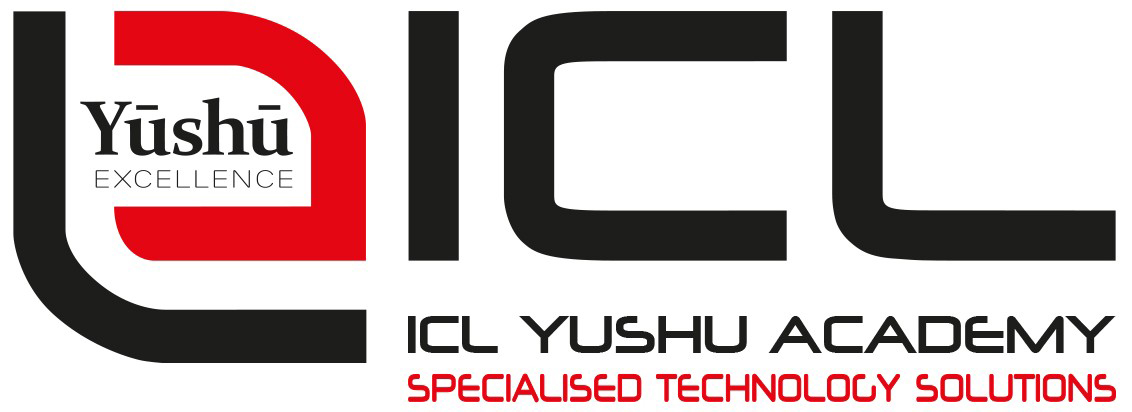The internet is the definitive technology of the information age. High-speed internet access is crucial in the success of many start-up businesses. This essential technology access was demonstrated during the COVID-19 lockdown period. New platforms like Zoom became key in maintaining infrastructure, especially in government sectors and the banking sector.
Behind the frenzy of ‘fibre to the home/business’, bandwidth, cost, stability of network, etc, lies a magnificent, international network of fibre infrastructure owned by major players in the industry. This network has been created and maintained by a multitude of contractors and sub-contractors.
Each fibre cable has been carefully installed underground or overhead and each cable is linked with the backbone exchange via splices. Fibre splicing is achieved via a splice machine that precisely aligns two glass fibres, using a complex algorithm, arcs across electrodes in order to ‘melt’ them together. This joint is called a splice. Bear in mind that a glass fibre is roughly the diameter of a human hair.
Thus, arc fusion splicing is the most accurate method used by fibre technicians to join the cables, or to join the fibre cables to connectors, which in turn plug into distribution units and switches, etc.
Fujikura, a Japanese company, was founded in February 1885 by Zenpachi Fujikura. It developed the first arc fusion splice machine in 1978, called the FR-1. By 1980, Single Mode (SM) fibres were developed and by 1985, Fujikura launched the world’s first fully automated arc fusion splicing machine, the F-20 Series. The "FSM-20CS" was recognised worldwide as being excellent and was put into mass production, which moved Fujikura into the number one world market position. Today, five decades later, Fujikura still remains the world leader in splice equipment.
Splicing machine technology is constantly advancing. The splicing process is much quicker and more precise nowadays. Fujikura’s latest technology, ‘Smart Management’, includes ‘Active Fusion Control Technology’ and ‘Active Blade Management Technology’. This is a type of AI technology where the splicer can think for itself and adjust the arc algorithm automatically according to environmental variables like the cleave angle, dust, temperature, humidity, etc, in order to produce excellent splices under most conditions.
ICL is the local distributor for the Fujikura splice machine and related products. ICL cordially invites you to join an exciting, innovative technical webinar on 16 February 2022 at 10am. The subject of discussion is Fujikura’s latest splice machine technology, including the new Smart Management Technologies, Active Fusion Control (Al) and Active Blade Management Technology.
Since time is money, this detailed webinar will explore the technological components that guarantee a more streamlined approach in the field of splicing.
We look forward to your participation in this state-of-the-art splicing technology.
Share
Editorial contacts
